Back to blog
The future of climate change is in our hands
An opportunity for change
Climate change is the biggest challenge of our time, and Web 3.0 technology such as blockchain and IPFS (The Interplanetary File System) offers some novel solutions to the climate crisis, specifically in the arena of food waste.
Food waste is a major contributor to the climate crisis, with an estimated one-third of all food produced for human consumption wasted each year. This is not only a waste of resources, but it also has a significant environmental impact.
When food is wasted, it decomposes and releases methane, a greenhouse gas that is 25 times more potent than carbon dioxide! Methane traps heat in the atmosphere, which contributes to climate change. It is estimated that food waste accounts for 6-8% of global greenhouse gas emissions. In addition to its impact on climate change, food waste also has a significant impact on water and land resources. It takes a lot of water and land to produce food, so when food is wasted, these resources are also wasted.
Thinking outside the box
IPFS is a decentralized file storage system that has the potential to help reduce food waste in a number of ways. One way is by tracking the provenance of food. By storing food provenance data on IPFS, it can be made tamper-proof and transparent, making it easier to identify and reduce food waste at all stages of the supply chain.
Pinata is a popular IPFS pinning service that makes it easy to store and manage IPFS data. We also offer a number of features that make it ideal for use in food provenance applications, such as support for custom domains and integrations with popular blockchain platforms.
Here are a few specific examples of how Web 3.0 tech can be used to reduce food waste:
- Tracking food provenance: A food company could use blockchain and IPFS to store data (called pinning) about the provenance of its products, such as the date and time the food was harvested, the location where it was grown, and the temperature at which it was transported. This data could then be accessed by consumers using a Pinata-powered web or mobile app. This would allow consumers to make informed choices about the food they buy and help to reduce food waste.
- Reducing food spoilage: IPFS could be used to develop new ways to store and transport food that reduce spoilage. For example, a company could develop a decentralized network of cold storage facilities that are more efficient and less wasteful than traditional cold storage systems. This would allow food companies to more easily find and use the most efficient and sustainable way to store their food.
- Connecting food donors and recipients: there are already a variety of apps in this nascent space, working to connect food donors with recipients (such as food banks and soup kitchens). IPFS can be used to store the data about the availability of surplus food and the location of food recipients. This would allow food donors and recipients to more easily connect with each other and reduce food waste.
These are just a few examples of how IPFS and Blockchain can be used to reduce food waste. As IPFS technology continues to develop, we can expect to see even more innovative and effective ways to use IPFS to reduce food waste around the world.
If you are interested in learning more, check out Blockchain-Based Frameworks for Food Traceability: A Systematic Review.

